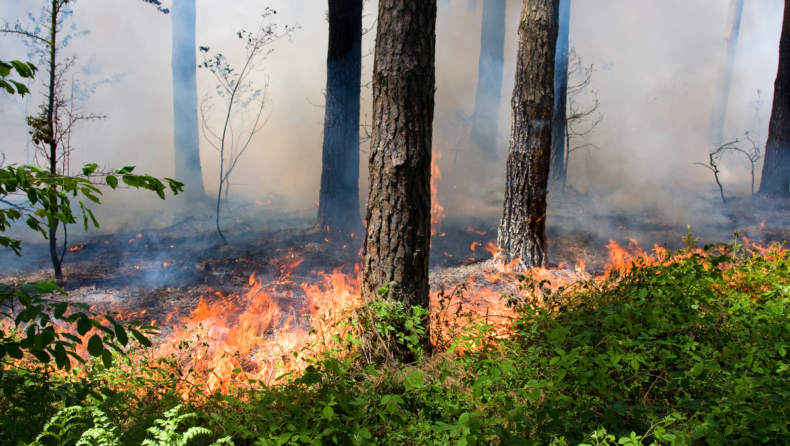According to recent studies, wildfires and other factors are eliminating trees in California’s mountain ranges and open areas, and fewer new trees are replacing them.
California is counting on its trees to help lower the amount of carbon dioxide in the atmosphere that warms the globe. However, a recent study from the University of California, Irvine indicates that trees in California’s mountain ranges and open areas are disappearing from wildfires and other pressures — and fewer new trees are filling the void.
This jeopardizes that component of the state’s arsenal of climate change solutions.
Read more: Harry Styles performs at the California festival, Coachella 2022
To remedy this, the researchers created annual maps of vegetation cover (tree, shrub, and herbaceous) and disturbance type (fire, harvest, and forest die-off) across California at 30 m resolution from 1985 to 2021 fusing remote sensing data with geographic datasets.
California lost 4,566 km2 of its tree cover region since 1985 when both changes in cover proportion and areal extent were taken into account. Increased shrub and herbaceous cover area resulted from fire-driven decreases since 2000, more than offsetting significant improvements in tree cover area throughout the 1990s.
The reduction of tree cover was observed in all ecosystems, but it was particularly severe in the southern mountains. This was since losses caused by wildfire were not replaced by regrowth in areas that had not been disturbed.
While net tree cover increases frequently happened in cooler regions, fires and tree cover area reduction typically occurred when temperatures were above 17.5°C, indicating that continuous climate warming endangers forests in many regions.
James Randerson and other co-authors of this study stated that,
“The forests are not keeping up with these large fires. Across the entire state, tree cover area has declined 6.7 percent since 1985.”
California’s forest resources are projected to continue to diminish due to continuous global warming and perturbation patterns, reducing the country’s natural and working areas’ ability to sequester carbon.













